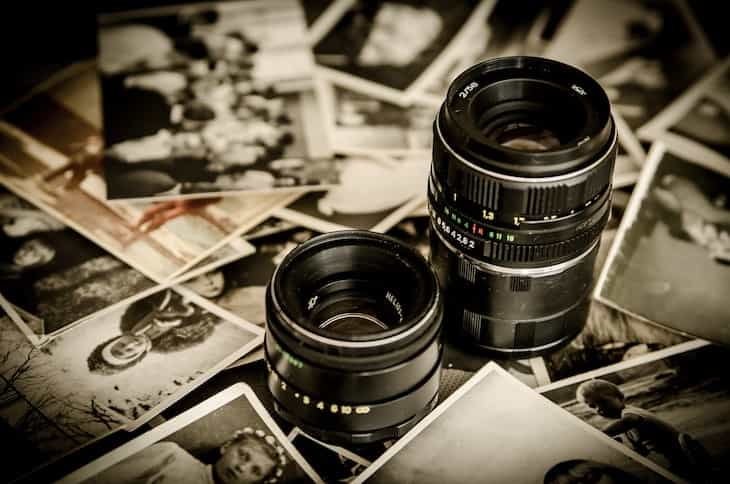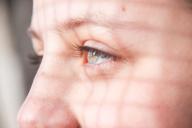They discovered that the brain's memory areas actually store information like a photographic negative, which is the opposite of what we see.
This means that when we look at something, the parts of our brain that process what we see become active, while the memory areas become less active.
These findings show that the brain uses a special coding system to move information between what we perceive and what we remember.
A new discovery
Understanding how our brain processes and stores information can help us learn more about memory and how it works.
Scientists used brain imaging to conduct experiments and discovered a coding mechanism that controls how perceptual and memory areas of the brain interact.

When light enters our eyes, the visual areas of the brain become more active, but the memory areas become less active.
The study found three surprising things: the visual coding principle is also present in memory systems, the visual code is flipped in memory systems (like an upside-down picture), and this relationship changes when we recall memories.
These findings show how visual information is shared between perception and memory to help us remember things better.
The scientists plan to further explore how this interaction between perception and memory is related to conditions like Alzheimer's disease in the future.
Previously, we talked about trypophobia.









